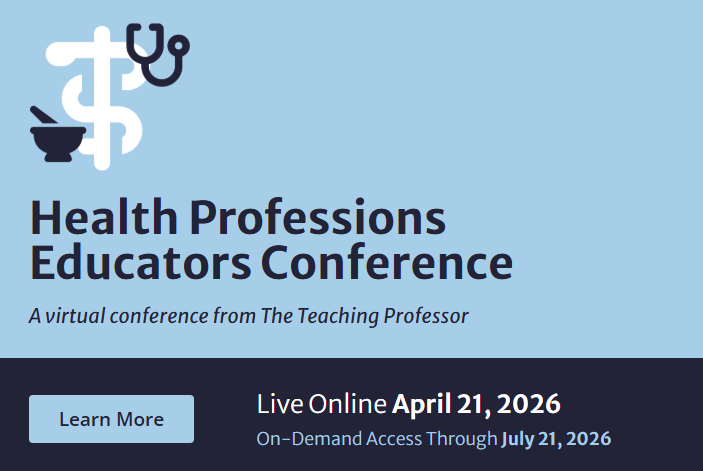Navigating the ‘Patchwork Quilt’ of State Authorization Requirements Remains a Huge Challenge for Online Programs
State authorization of online programs is one of the biggest issues confronting higher ed institutions seeking to expand their reach to more distance learners. Since the introduction of federal regulations in October 2010 (section 600.9), institutions have been scrambling to respond to a myriad of state requirements.



